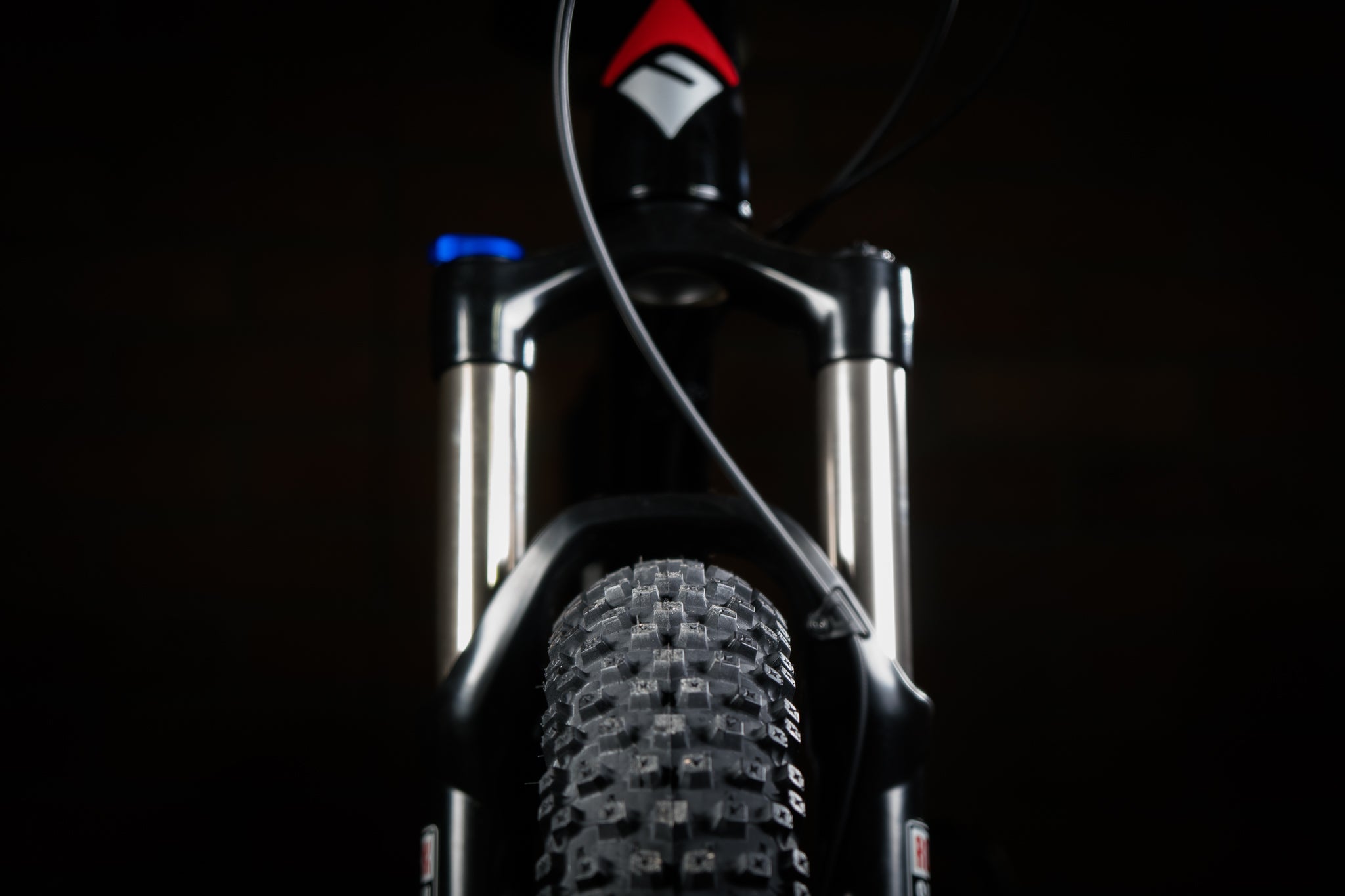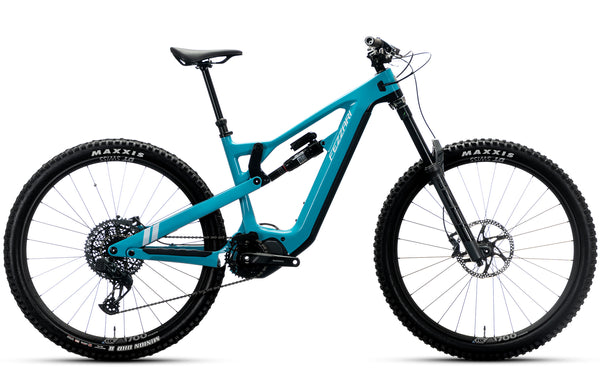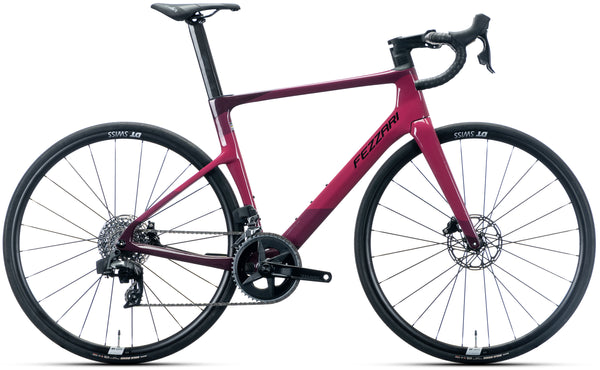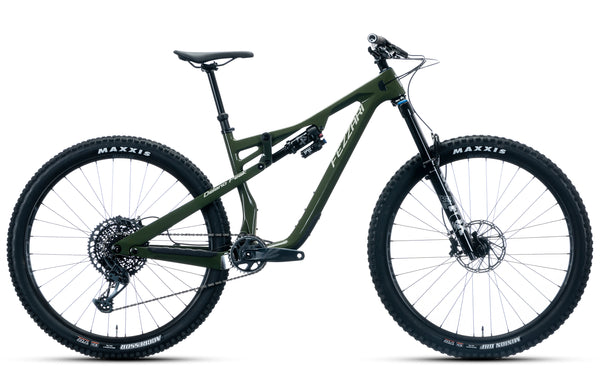Tubeless tires setup: Pros and Cons
Should I go tubeless?
One of the most frequently asked questions we get is whether or not to go tubeless. The short answer is – it depends. A tubeless setup gives better performance and reduces the risk of flats, but is a little more expensive and requires a little more maintenance.
What is tubeless?
As the name implies, “tubeless” means there is no tube in the tire. There are also “tubular” tires, which are tires that actually look like a tube but have tread on it. Tubeless tires, the much bigger trend, look similar to standard tires but have thicker sidewalls and a little bit different bead (the portion of the tire that comes in contact with the rim) to help retain the air better. Tubeless-ready rims on tubeless wheels are also shaped a little bit different to help with keeping the tire inflated. Tubeless tires have been used for years on cars and motorcycles. Because bicycle tires are lighter and thinner, sealants are normally used to fill the micro holes common in tires, help keep the tire bead sealed, and to fill those small thorn holes you can pick up on the trail.

Benefits of going tubeless?
- You get better traction because you’re running a lower tire pressure
- They corner better
- With the latest tire technology and rim designs that are wider, you get much better performance
- Because there is sealant in the tubes, you get increased puncture resistance
- Without a tube installed, the “snake bite” puncture is eliminated (punctures caused by pinching the tube against the rim from running too low of tire pressure)
- They are lighter than a tubed setup
- They ride faster and roll better
- A tube can be added to the tire if you ever have a puncture you can’t seal
Negatives of going tubeless?
- Cost – depending on how you’re set up now, you may need to pay more for tires and rims that are tubeless compatible. Or at a minimum, you may be able to use rim tape and a tubeless ready tire. Check with us for tubeless options
- Maintenance – you’ll need to replace the sealant in your tires every 2-6 months
- More complicated to set up initially.
What pressure should I inflate my tubeless tires to?
Generally, you can run a tubeless setup about 10 psi lower than a tubed setup. Stan’s No Tubes, one of the leaders in tubeless technology, recommends the following on some of their wheels and it is a good general rule:
Rider Weight in pounds divided by 7 = x
x – 1 = Front tire pressure in PSI
x + 2 = Rear tire pressure in PSI
Example: 185lb rider
185/7 = 26.4
Front tire pressure: 26 – 1 = 25 PSI
Rear tire pressure: 26 + 2 = 28 PSI
Do I need a special rims or tires?
Many manufacturers like Mavic, Shimano, NoTubes, and Fulcrum offer airtight rims with no spoke holes that are specifically designed for tubeless riding, but on most rims you do have the option of using a tubeless conversion kit that makes the rim air-tight. It is important to use a tubeless–ready tire, which traditionally have thicker sidewalls for performance and seal on the rim better. Before converting a rim to tubeless be sure to check with us to ensure the rim will accept the tubeless bead profile of the tire.
You can order your Fezzari setup tubeless. Just select the tubeless upgrade during the checkout process.




